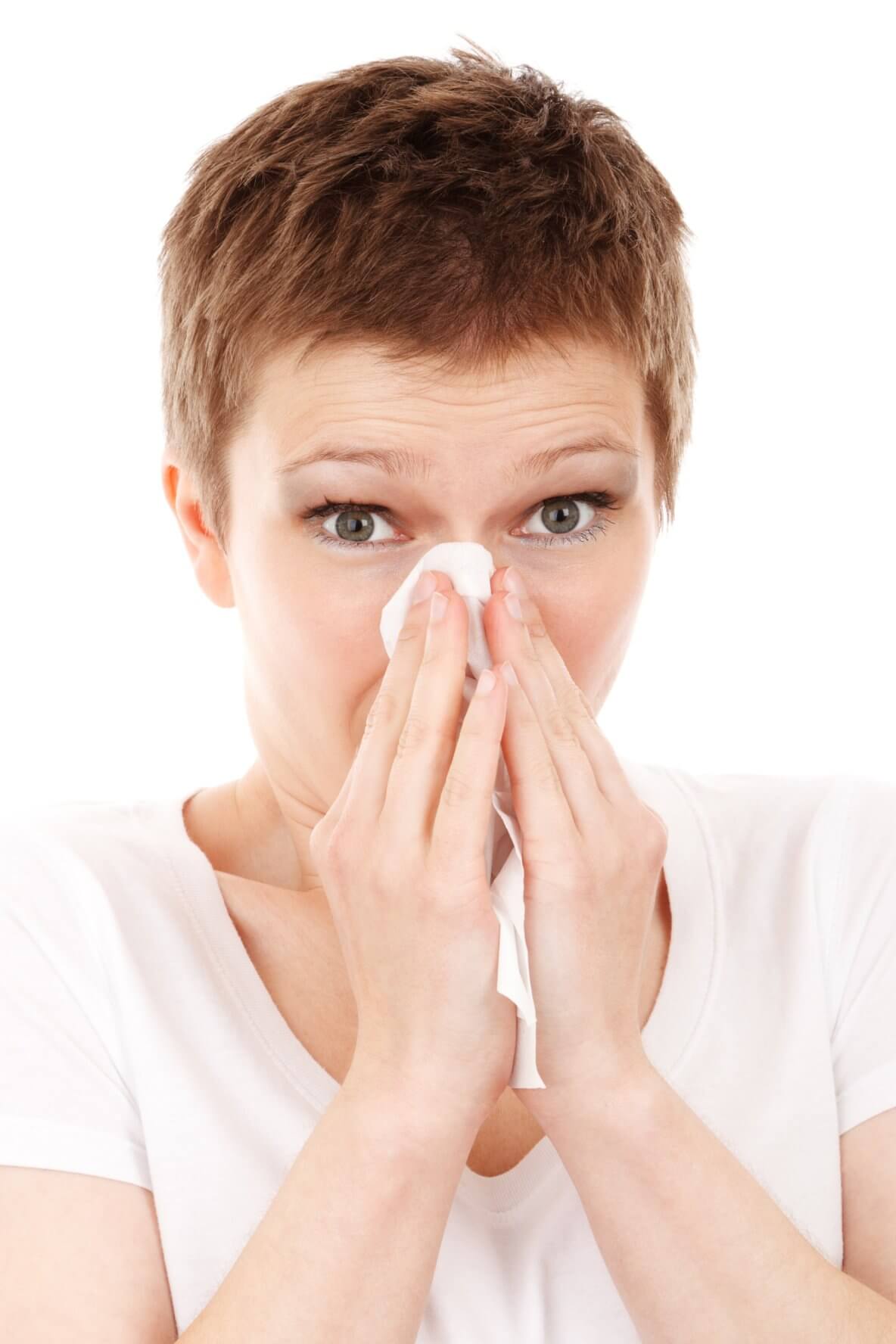If you have damp or mould the first thing to do is find the cause. Damp and mould can affect your health, so it’s important to get rid of it.
Causes of damp and mould
Damp and mould are caused by excess moisture. Moisture in buildings can be caused by leaking pipes, rising damp in basements or ground floors, or rain seeping in because of damage to the roof or around window frames.
In a newly-built home damp can occur if the water used when the house was built is still drying out.
Often times, improper gutter installation can lead to water in your homes cellar or basement leading to an excess in moisture and potentially leading to mold or mildew. https://kproofing.com/common-gutter-installation-costs/
Additionally, an improperly vented attic in a region with fluctuating temperatures can lead to condensation due to the difference in temperatures between the outside and in. If you suspect your home is improperly vented contact your local roofing specialist. https://kproofing.com/home-needs-attic-ventilation/
Condensation
Excess moisture indoors can also be caused by condensation. Condensation forms when the air indoors can’t hold any more moisture. Cooking, showering, drying clothes indoors and breathing without adequate ventilation can all cause excess moisture. Droplets can form on indoor surfaces such as mirrors, windowsills and on walls, particularly when they’re cold.
You can help prevent the build-up of condensation by:
- putting lids on saucepans, drying washing outside and avoiding using paraffin or bottled gas heaters
- opening the bedroom window for 15 minutes each morning
- making sure your home is well insulated
- heating your home a little more
- ventilating rooms regularly and leaving doors open to allow air to circulate, unless you’re cooking or showering
- if you’re cooking, showering or bathing – opening the window, putting the fan on and closing the door of the room you’re in
Repairs may be needed to get rid of any leaks or to improve ventilation. Once your home has been repaired, or if your home is damp because it’s newly built, it may take weeks of heating and ventilating it to dry it out.
How to remove mould
Once you’ve identified and fixed the source of moisture in your home you can get rid of any mould. You may be able to remove mould yourself, or you may need to get a professional to remove it.
Only remove mould yourself if it’s caused by condensation and covers an area less than one metre squared (1×1 metre or 3×3 feet). Don’t try to remove the mould yourself if it’s caused by sewage or other contaminated water.
Protect yourself from mould spores by wearing goggles, long rubber gloves and a mask that covers your nose and mouth. Open the windows but keep doors closed to prevent spores spreading to other areas of the house.
- Have a plastic bag ready to take away any soft furnishings, clothes and soft toys that are mouldy. Soft furnishings should be shampooed and clothes professionally dry cleaned.
- Fill a bucket with water and some mild detergent, such as washing up liquid or a soap used for hand-washing clothes.
- Use a rag dipped in the soapy water to carefully wipe the mould off the wall. Be careful not to brush it, as this can release mould spores.
- When you’ve finished, use a dry rag to remove the moisture from the wall.
- Afterwards, put the rags in a plastic bag and throw them away.
- All the surfaces in the room should be thoroughly cleaned by either wet wiping or vacuuming to remove any spores.


